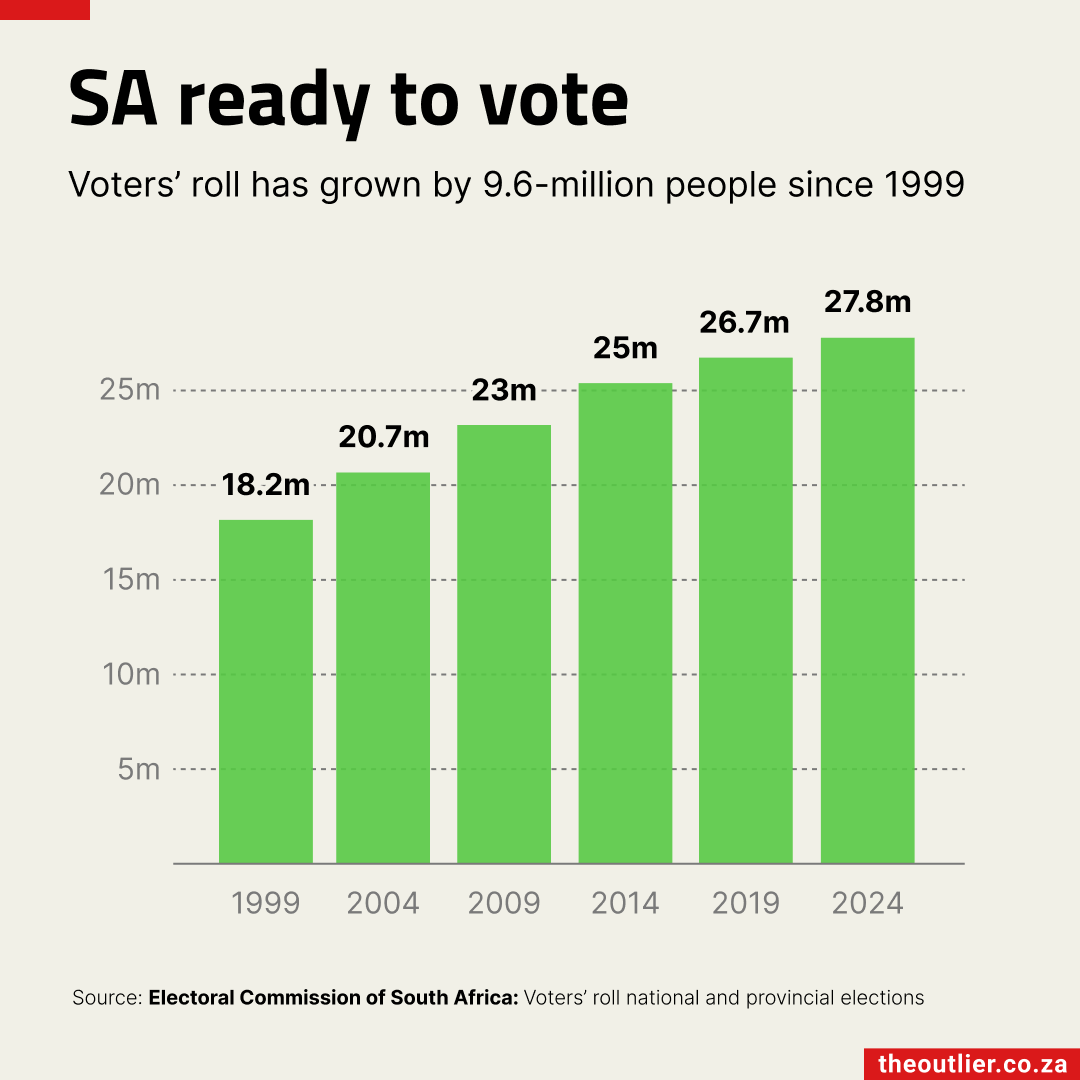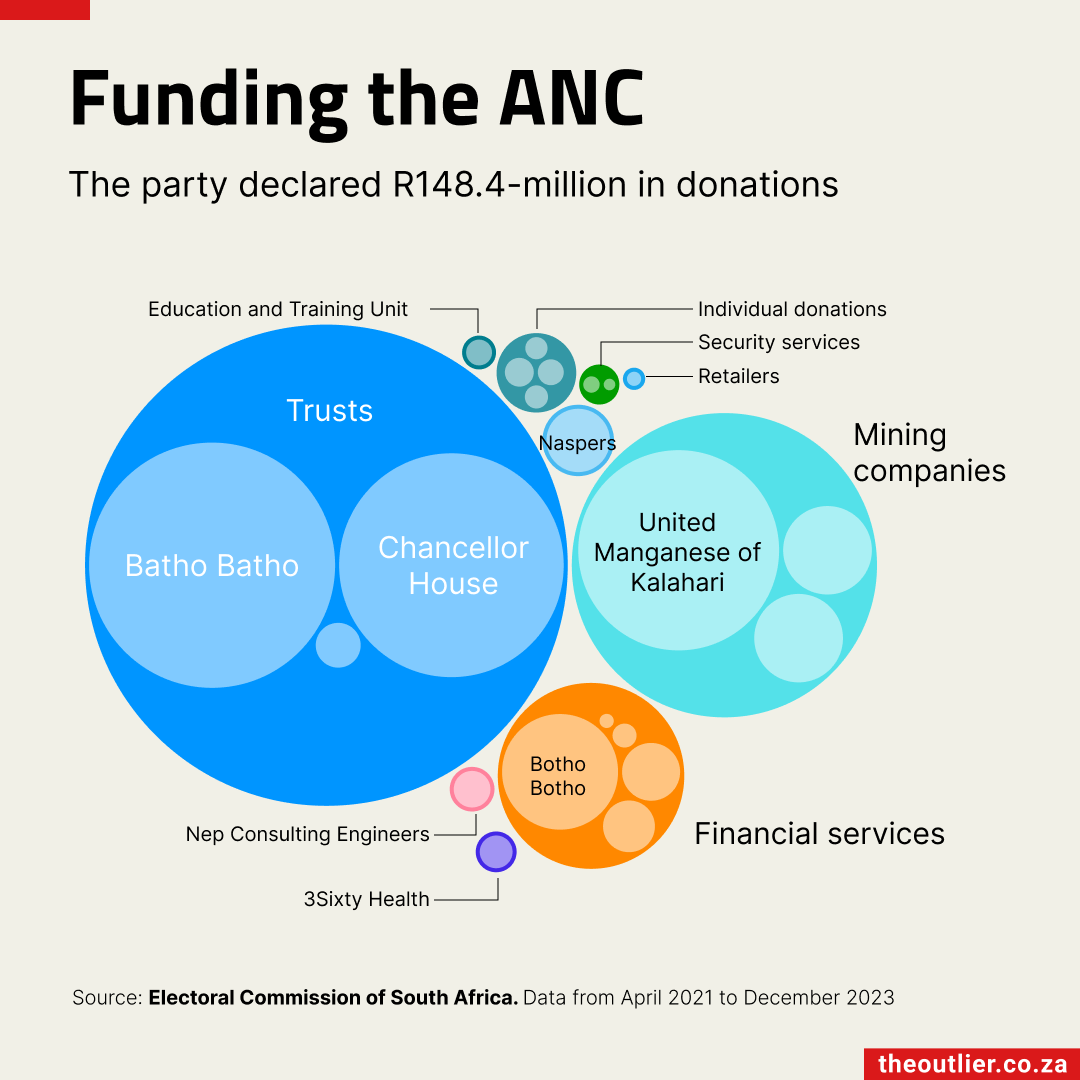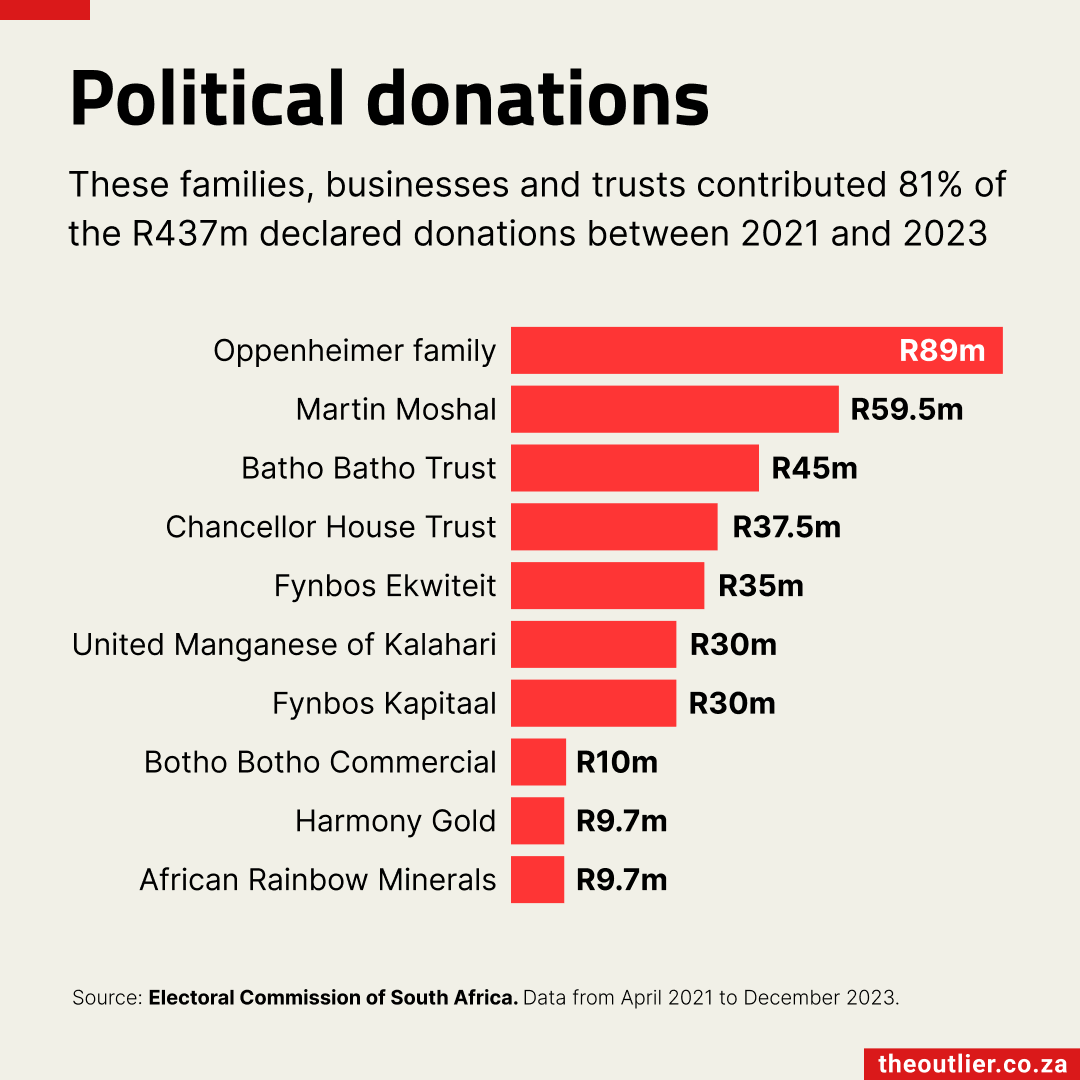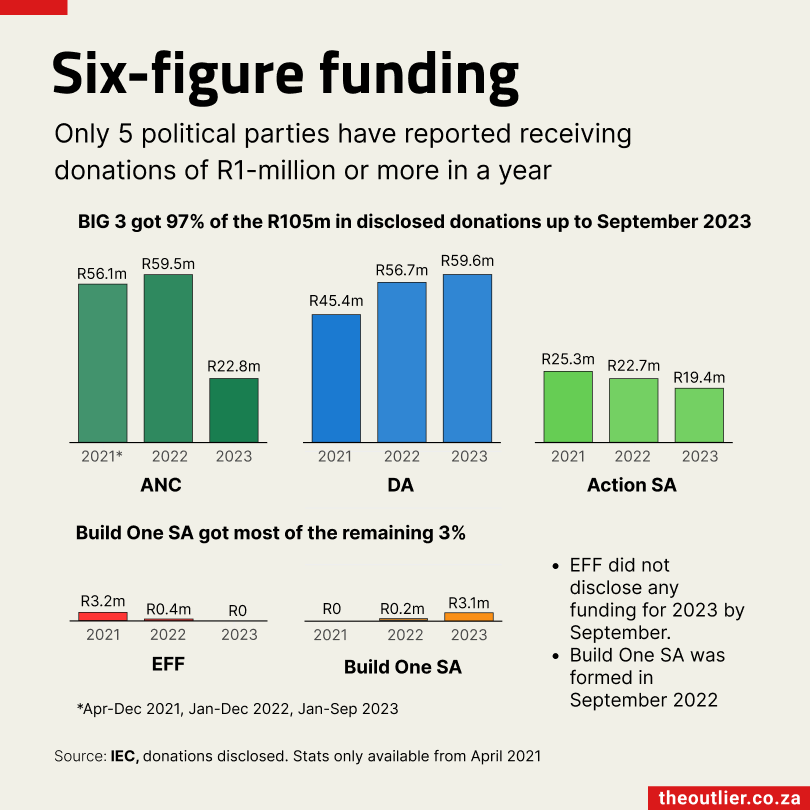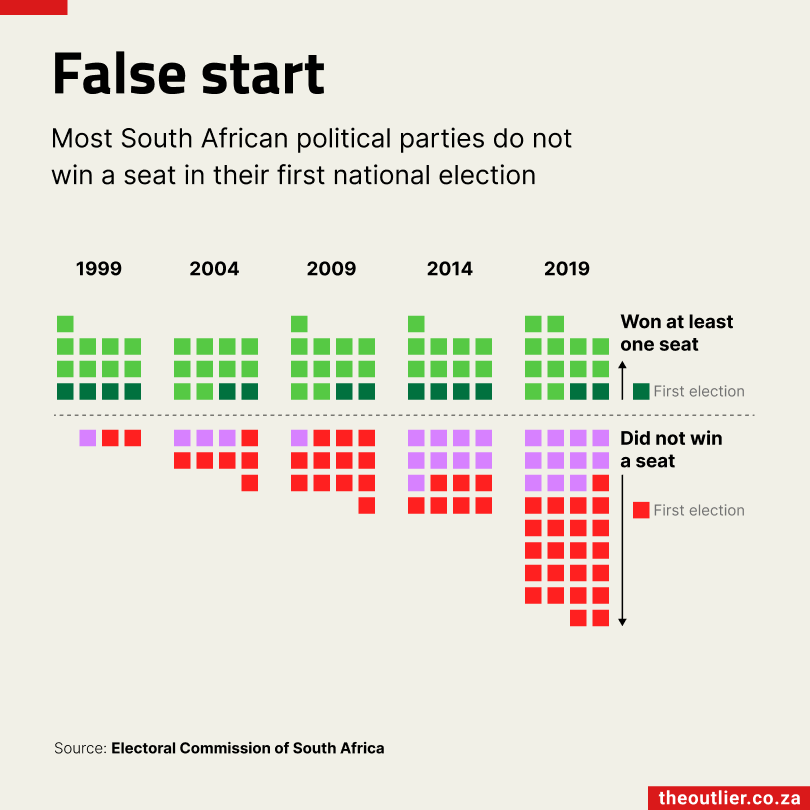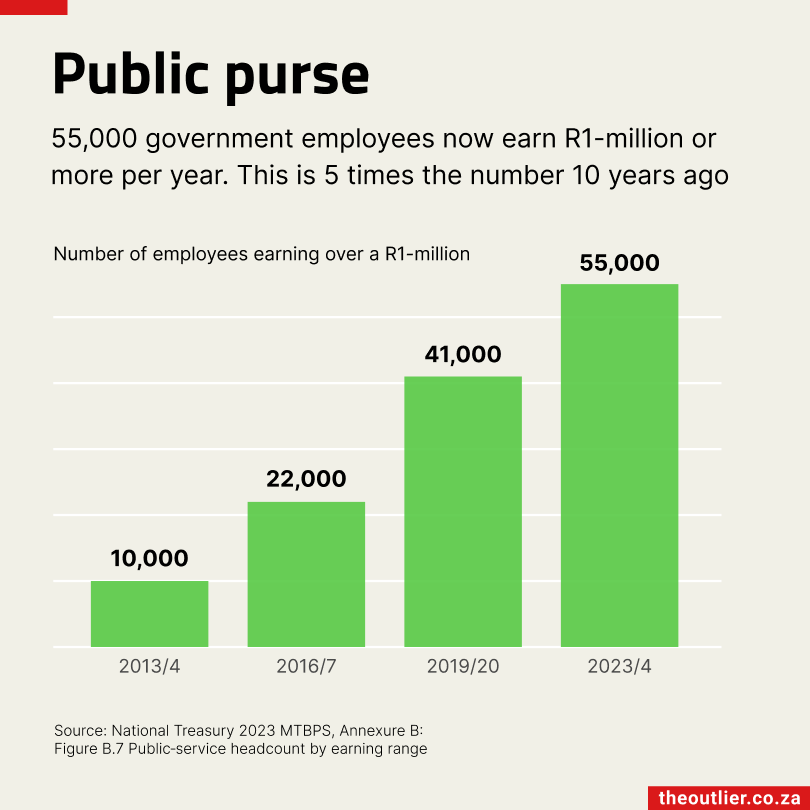#SONA2023: How does it compare with Ramaphosa’s last six addresses?
Green hydrogen, fixing unreliable coal power plants, and a state of disaster to roll out emergency energy procurement – the president’s plans for the year ahead.
Cyril Ramaphosa addressing the nation 9 February 2023 (Photo: Twitter PresidencyZA)
It may not have been Cyril Ramaphosa’s longest state of the nation address (SONA), but he spent almost three times longer talking about the electricity crisis than he ever has before in his speech on Thursday, 9 February.
He announced the country was in a state of disaster to address the energy crisis and said he would be appointing an electricity minister. This meant previously announced plans, such as the establishment of a state bank with Post Bank, have had to take a back seat.
We analysed the president’s speeches – based on the state of the nation addresses on the parliamentary monitoring group and the Presidency’s websites – using the assumption that the more words he dedicated to a topic, the more important it was to him.
https://outlier-sona2023.vercel.app/Eskom and the energy policy
After the country experienced the worst bout of loadshedding in 2022, Ramaphosa is all systems go with trying to plug the energy shortfall of 4,000MW in the next six months by procuring emergency power.
One of his plans is to continue with a five-point plan to fix the problem. This aims to, in his own words, “fix Eskom’s coal-fired power stations and improve the availability of existing supply. Second, enable and accelerate private investment in generation capacity. Three, accelerate procurement of new capacity from renewables, gas and battery storage. Four, unleash businesses and households to invest in rooftop solar. Five, fundamentally transform the electricity sector to achieve long-term energy security.”
Employment
Since Ramaphosa’s first state of the nation address in 2018, jobs have been a key theme in each of his addresses. In 2021, unemployment reached its highest rate of 35.3%, but over the last two years, it has decreased, and now sits at 32.9%.
But this doesn’t excuse the fact that 70.4% of young people (15-24) don’t have work in an economy where half the population is younger than 27 years.
Welfare
In his address, Ramaphosa said the social relief of disaster distress grant (previously the Covid-19 grant) would continue. The grant of R350 benefits 7.8 million people between 18 and 64 who do not have other forms of income or grants to rely on, and 18.9 million people live on child, old-age and disability grants. To qualify for a child grant, a single parent must earn less than R4,400 a month, or R8,800 if they are married. Pensioners and people living with disabilities must earn R7,190 or less to qualify for their grants. In total, 44% of the country lives on grants.
Education
South Africa has a reading crisis. Based on estimates of learning losses because of the Covid-19 lockdowns that saw children away from school for much of 2020 and 2021, to teach all children to read for meaning at the pre-pandemic rate will take 68 years, according to the 2023 Reading Panel report.
In his address, Ramaphosa spoke more about education than he had in the last three years, congratulating the matrics on their pass rate. He said 55,000 toilets had been built at schools to replace pit toilets and spoke about increasing vocational training.
But he didn’t give any indication of addressing the reading for meaning problem other than mentioning the streamlining the funding for early childhood development centres.
According to the Reading Panel report, 50% of learners don’t know the letters of the alphabet by the end of grade one, a critical step to learning how to read with meaning, leaving the children in a “‘catch-up’ mode”.
Ramaphosa didn’t directly address the issue, saying instead: “We need to start with children who are very young, providing them with the foundation they need to write and read for meaning, to learn and develop.”
Read more: No-fee schools are at a real disadvantage when it comes to maths
Transport
Transport got more airtime in 2023’s SONA than it has in any of the previous six speeches. The president focused on commuter rail agency Prasa, rail and port agency Transnet and ports in Gqeberha and Durban.
Ramaphosa’s plan is to “emerge with ports and railways that again rival the best in the world”.
The limitations of relying heavily on transporting freight by road were seen during the July 2021 riots when protestors blocked the N3 highway and set fire to more than 20 trucks – affecting R3.2-billion of freight per day.
Ramaphosa on Radical Economic Transformation
Although Ramaphosa did address issues such as the empowerment of women, poverty alleviation and land restitution in his previous speeches, he did not use the term “radical economic transformation”. Nor did he use the term, which refers to a fundamental change in South Africa’s economic structure, this year. This is in contrast to Jacob Zuma’s 2017 SONA speech, when he spent more than five minutes (717 words) discussing it.
Methodology
We analysed the SONAs using these seven broad definitions to see if the president had covered factors or issues that were connected with the July unrest in 2021. Briefly, the topics were: energy policy and Eskom (renewable energy, gas, coal, nuclear, Eskom), education, employment (job creation, investment in sectors to create jobs, minimum wage, supporting small business, economic recovery), radical economic transformation (land restitution/expropriation and explicit mention of radical economic transformation), transport (issues involved in the running or improving of public transport such as railway and roads), corruption (National Prosecuting Authority, corruption with state-owned enterprises, mentions of the Zondo commission and subsequent report), Welfare (social grants, low-income housing, the National Health Insurance).
For more, see our SONA coverage: What are the president’s priorities? and State of the Nation Addresses: 2014 – 2018.
Sign up to our newsletter for more data stories.
This post was updated on 13 February 2023.

